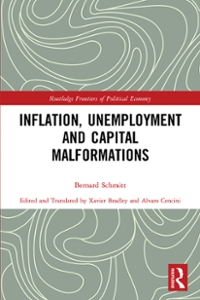Answer the questions below.
A simple NCD system for motor insurance has four levels of discount - 0%, 20%, 40% and 60%. A new policyholder starts on 0% discount. At the end of each policy year, policyholders will change levels according to the following rules: At the end of a claim free year, a policyholder moves up one level, or remains on the maximum discount. At the end of a year in which exactly one claim was made, a policyholder drops back one level, or remains at 0%. At the end of a year in which more than one claim was made, a policyholder drops back to zero discount. For a particular driver in any year, the probability of a claim free year is 0.9, the probability of exactly one claim is 0.075, and the probability of more than one claim is 0.025. A policyholder takes out a policy for the first time on 1 January 2004, and by 1 January 2007 he/she had made only one claim, on 3 May 2006. Calculate the probability that he/she is on 20% discount in 2009. [3]Exercise 8.14 Bob and Mike are independent lives, both aged 25. They effect an insurance policy which provides $100000, payable at the end of the year of Bob's death, provided Bob dies after Mike. Annual premiums are payable in advance throughout Bob's lifetime. Calculate (a) the net annual premium, and (b) the net premium policy value after 10 years (before the premium then due is payable) if (i) only Bob is then alive, and (ii) both lives are then alive. Basis: Survival model: Gompertz' law, with B = 0.0003 and c = 1.075 for both ves Interest: 5% per year effective Expenses: None Exercise 8.15 Ryan is entitled to an annuity of $100000 per year at retirement, paid monthly in advance, and the normal retirement age is 65. Ryan's wife, Lindsay, is two years younger than Ryan. (a) Calculate the EPV of the annuity at Ryan's retirement date. (b) Calculate the revised annual amount of the annuity (payable in the the rst year) if Ryan chooses to take a benet which provides Lindsay with a monthly annuity following Ryan's death equal to 60% of the amount payable whilst both Ryan and Lindsay are alive. (c) Calculate the revised annual amount of the annuity (payable in the the rst year) if Ryan chooses the benet in part (b), with a 'pop-up' that is, the annuity reverts to the full $100000 on the death of Lindsay if Ryan is still alive. (Note that under a 'pop-up', the benet reverts to the amount to which Ryan was originally entitled.) Basis: Male mortality before and after widowerhood: Makeham's law, A = 0.0001, B = 0.0004 and c = 1.0?5








